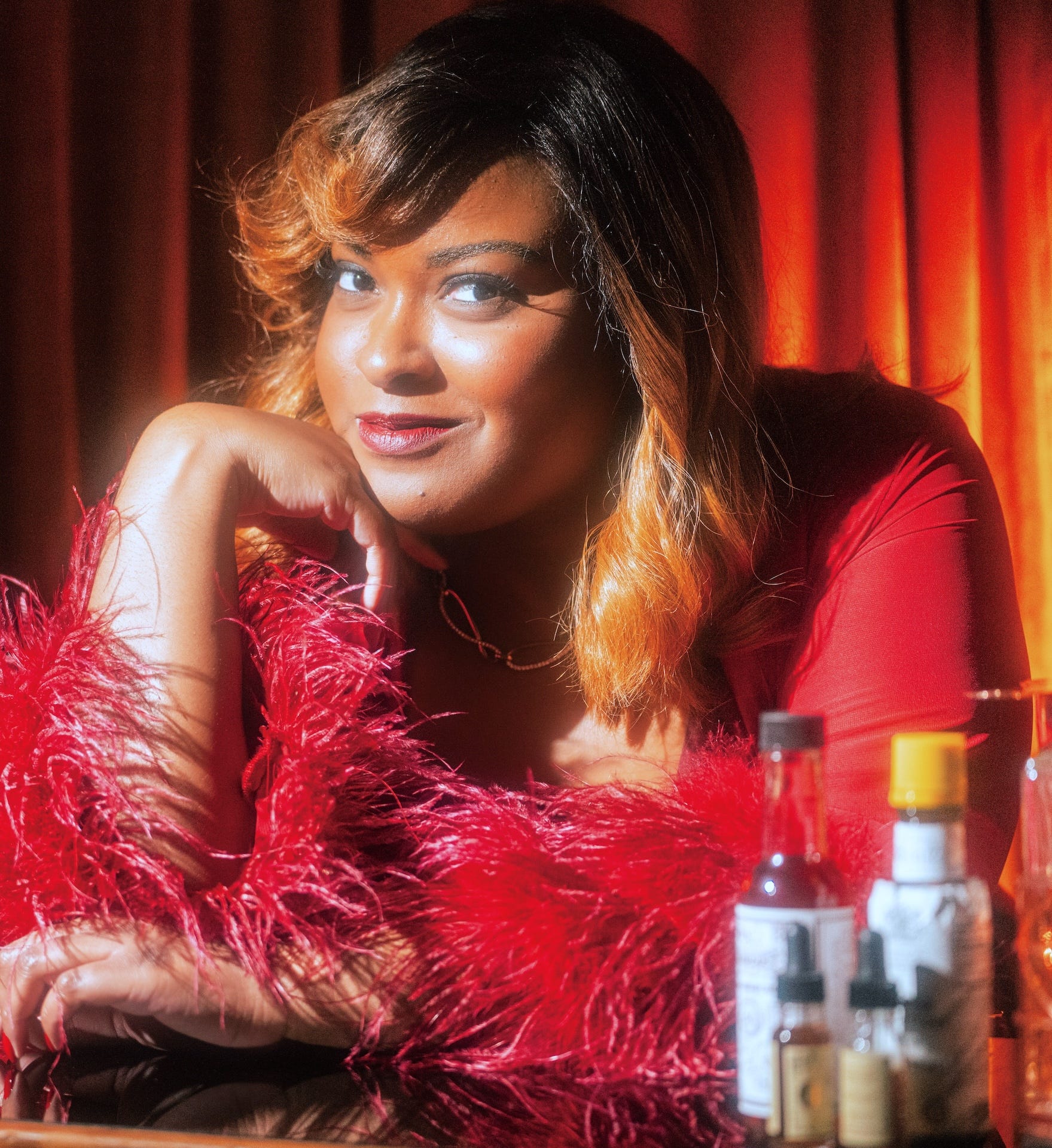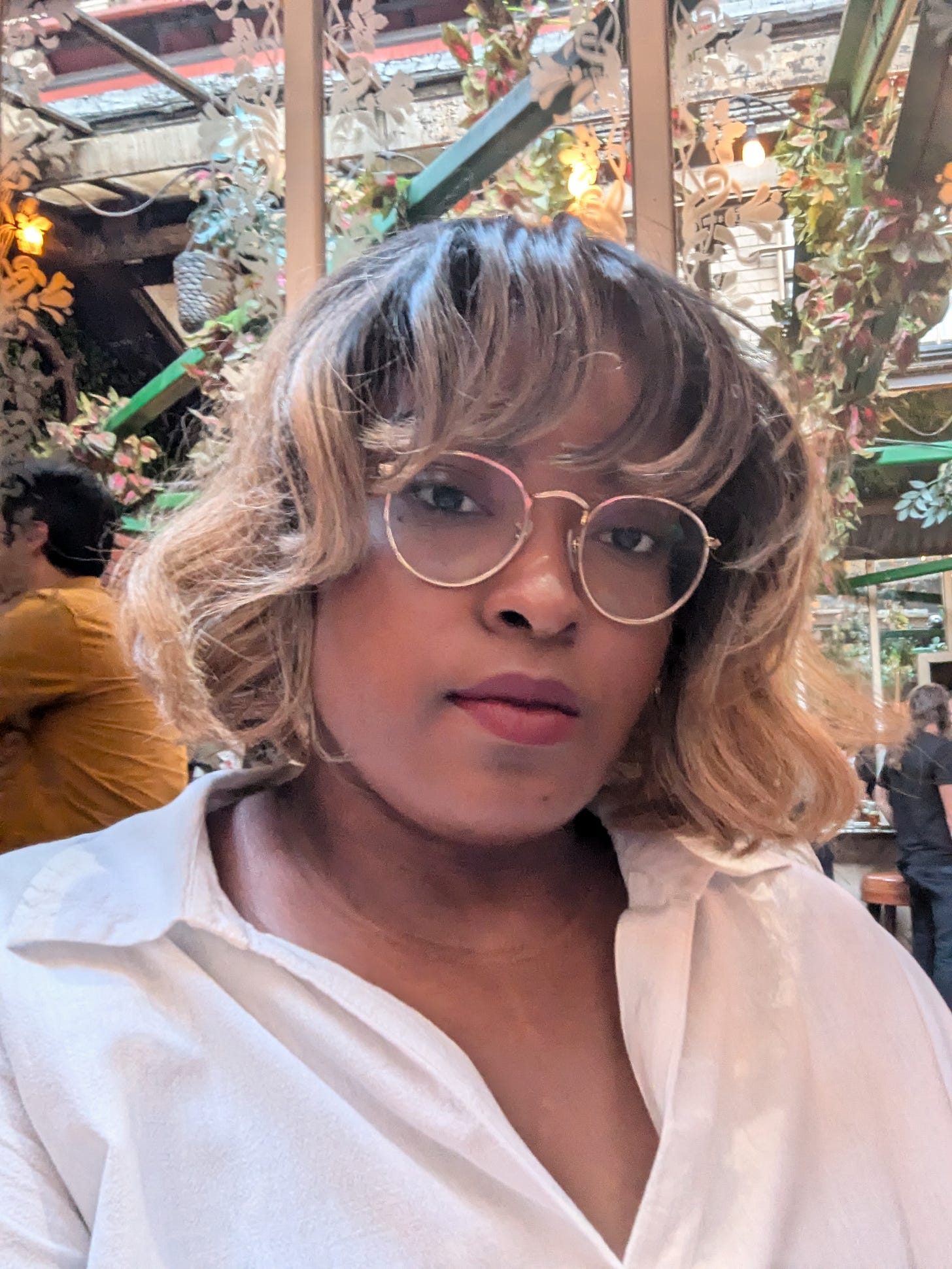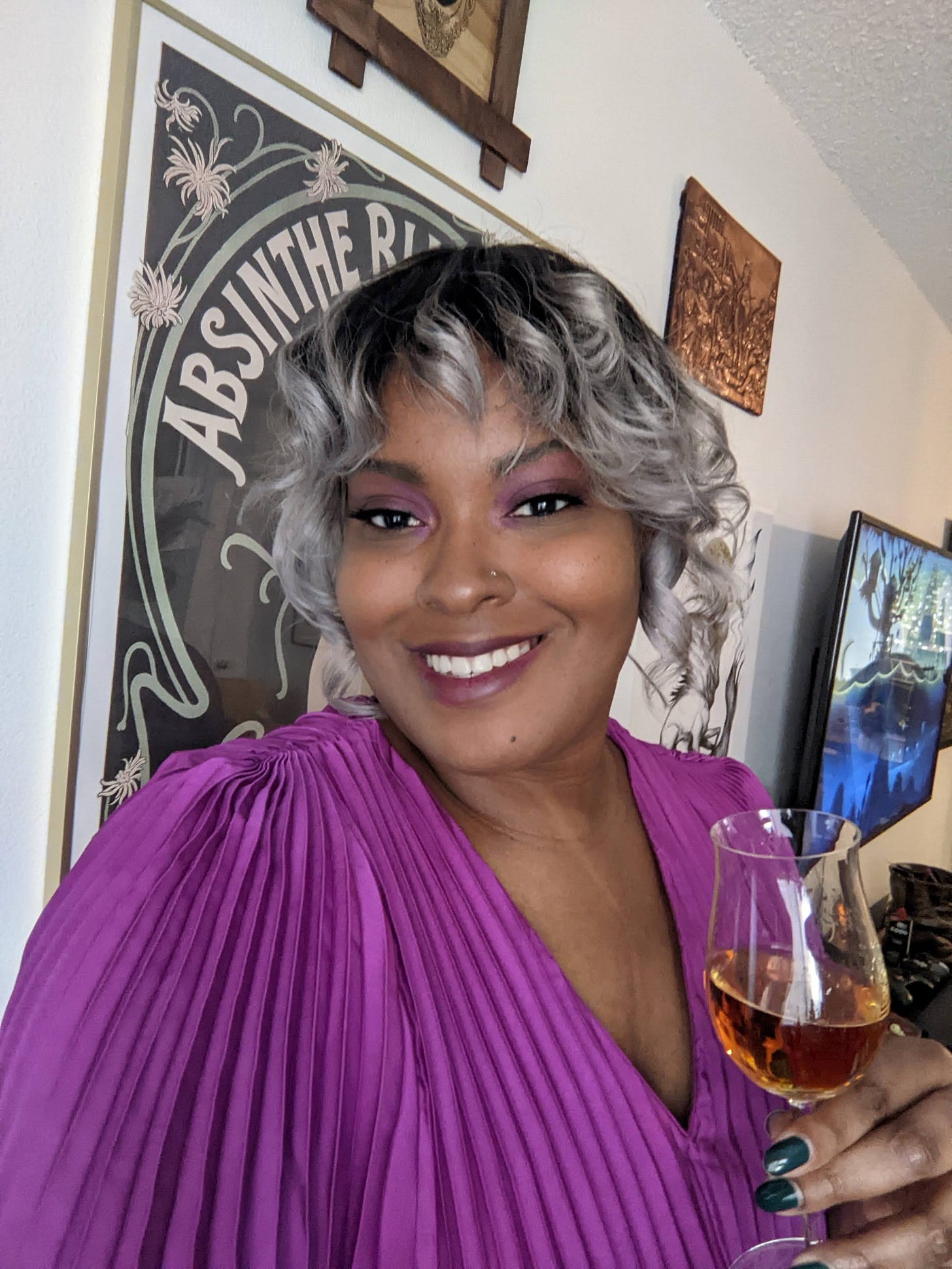At Least The Burnout Was Aesthetic
Turns out you can light yourself on fire when you burn the candle at both ends.

I know why I flopped in 2024, and there’s no one to blame but myself.
At the beginning of 2021, I had the job I’d wanted since graduation: I was a tech reporter working for a founding member of The Verge. The team Joshua Topolosky put together at Input Mag was the perfect mix of sharp, compassionate, and queer.
My pronouns and perspective were respected. I’d written an investigative piece that went so wide, three other outlets tried to poach me. I was freelancing for Thrillist, keeping a toe in the drinks and cannabis world. Our union had just been formally recognized. I had moved into the biggest place I’ve ever lived in as an adult with one of my partners.
I was miserable.
When I first desired this career, we were still in our “look at all this great innovation!” era of technology.
My father was an electrical engineer, so I had some natural interest. From taking apart toys and putting them back together to replacing my iPod Video’s battery, I spent a good chunk of my childhood with precision tools.
I was also the only person in the house who understood the internet, idly learning how to code for the various blogs and social platforms.
By the time this dream was realized, there were a handful of obscenely wealthy white dudes actively trying to make the world worse in the name of increasing shareholder value. I barely had a few months to enjoy the work before the pandemic hit. Then, the George Floyd protests. Then, the 2020 election.

Social media apps were sowing dissent instead of connecting us. Programming turned into a weapon against anyone who wasn’t a white man (I once covered AR glasses that couldn’t function if the person was wearing mascara). And you weren’t really allowed to fix your tech anymore.
My bosses were kind, but their bosses wanted more articles. It started at 2–4 posts per shift (not eight hours, six hours with a 30-minute lunch). By the time I quit, it was 3–5 posts, and it was clear that the goal was 4–5.
Sometimes, it was doable. But the stories I covered often involved dense legal documents, intellectual property filings, and scientific studies.
Chasing leads or context for stories like that didn’t always pan out. There could be so much invisible work that never made it into the story, and I’d end the day only submitting a couple of stories and feeling like shit.
During my last month there, I would cry nearly every shift. Weirdly, I only lasted so long because I had even more work in my off hours. I was on the organizing and, briefly, the bargaining committee for Bustle Digital Group’s (our parent company’s) guild under the WGA-East.
The peers who brought me into that process were a balm to my near-daily reminders that many people with power don’t care if I live or die. I believe I once told a large Zoom meeting that I wasn’t afraid of our CEO (still not, Bryan).
But I was still crying at work.
After I left Input Mag, I still freelanced for Thrillist while living off my savings. I welcomed the gentler pace before stalling out mid-project a few months later.
When I reached out to sources to respectfully let them know I wouldn’t be going forward with the piece, without prompting, they offered understanding based on their own previous experiences with the outlet. My decision was personal, but it took external opinions to illuminate how that work was also draining me.
By the time I started my TikTok account, I felt like a broken wild horse. Clamoring for control, fun, and extra income, I gained 10,000 followers in 10 weeks.
And then my mom died.
We’re already in Tangent City, so I’ll save her for another time. You get it. 2021: Rough.
The next year, I bounced back from posting less during my initial grief period. I had a video hit over a million views. I had brand deals. I had Bon Appétit and Eater in my inbox — outlets who previously wouldn’t have pissed on me if I was on fire.
I was barely showing up for myself, and people couldn’t stop celebrating me. I snagged the bylines anyway, but I was writing at my worst. A bunch of editors are credited on the Eater piece, too, for their heroic work cleaning up my slop.
The burnout clung to me because it wasn’t really about Input Mag. It was nearly a decade of paper cuts and gaping wounds this industry had carved into me. It was the constant contorting of my voice just to get work. At some point, I’d left myself behind.
Meanwhile, my following had sextupled, and people started recognizing me around LA. Is this what I wanted to be known for? Is this who I wanted to be?
By 2023, I still didn’t know, and I slowly squandered my momentum. It wasn’t as though I didn’t know what would go viral; it just wasn’t what I wanted to make. So I made a series of mistakes instead.
In the name of privacy and embracing the increasing artificiality of “influencing,” I developed a few YouTube series concepts and a podcast. I reached out to friends to help make everything a beautiful reality. Hell, I made a goddamn Trello.
I wanted to build an egalitarian media company where everyone was paid the same, and eventually bring in other creators so I could get out from in front of the camera. But it was no use. I was already mentally in this future I was building towards.
I flopped because I put a two-way mirror between us.
I didn’t want you here. I didn’t want you to know all of this about me. I didn’t want to be the story anymore. You were looking for me while I just tried to reflect what I thought you wanted back to you.
I even put someone else behind the camera and in the editing booth. Sure, I had final say, but I was fairly hands-off after a while. A reluctant leader to those helping me and a coward to the very audience I was trying to win back.
Generally, journalists don’t insert themselves into their work. I’ve always said, “Blogging is about the writer, but journalism is about the reader.” I wasn’t giving you either.
Last year, I gave you a glossy, mid-century version of me who’s telling you about drinks and bartenders you never asked about. I was herding friends like cats to try to get things out consistently without hampering their own creative projects.
My favorite aunt died, and I couldn’t afford to go to her funeral. It was all half-baked because I’d carved so many parts of myself away by then.
Funnily enough, though, this process helped me start finding them again. My excitement about the project brought new and familiar faces back into my life, reminding me of who I was and showing me glimpses of who I was becoming.
I am unpalatable. I look edible, decadent even. But once you consume me, I will coat your mouth with truth — which is often not the flavor you remember it being.
This has repelled people from me my entire life, but I’m no longer interested in people who can’t handle the truth. I’m no longer interested in platforms that can’t handle the truth. I’m no longer interested in being your bestie. I am interested in helping you be a better friend.
How are you hiding? What have you cleaved from yourself? Are you overprotecting yourself in isolation? Or are you silencing yourself in rooms too small for the volume of your true voice?
As early as nine years old, I’ve had parties and get-togethers where most of the people invited didn’t show up. I’ve also learned, through my own grief, the way I’ve failed friends going through similar experiences in the past. I’m learning when to walk away, and who’s worth fighting for.
And I’m listening again. I hear you; you’re lonely. As someone who’s been white-knuckling community-building for some time, I think I can help. Or better yet, we can help each other.
What do you need?
Cheers,
Mx. J.






This was very vulnerable writing from a writer I’ve always sensed deeply valued their privacy. I wanted to thank you and also send hope writing this was helpful to you in rebuilding your spirit, strength and bridges back to your community. This is a lot of loss and grief, I hope you give yourself credit for endurance. Also, this is the second post I’ve read today speaking about rebuilding community, reaching out, showing up and saying yes.